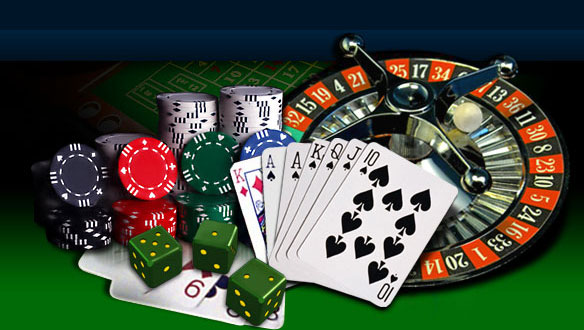No matter how much they talk about strategy, luck, or a “gut feeling,” the players who survive in the gambling world are the ones who know how to manage money. Bankroll management is not just a dry term from poker textbooks. This is the philosophy that distinguishes a gambler from a gambling tourist, and a professional from an consistent loser.

Poker as a school of financial self-control
Poker is a unique laboratory for risk management. Success here rarely depends on one hand, but almost always on the ability not to burn out at a distance. Anyone who has ever been on an extended downswing knows that it is during difficult periods that real discipline manifests itself.
Professional players set clear boundaries. If your bankroll is $5,000, you don’t sit down at the $5/$10 table, where one bad decision can cost you half your capital. The logic is simple: play at a level where even a series of failures won’t unsettle you.
In poker, it’s considered standard to keep a reserve of 20-50 buy-ins for cash games or 100+ buy-ins for tournaments. This isn’t reinsurance – it’s emotional insurance. Your bankroll is your shield against tilt and reckless impulses, and platforms like Luckster remind players that discipline is the real edge in any game. Whether you’re spinning the roulette wheel or grinding a poker table, smart bankroll management keeps you in the game for the long run.
READ MORE: 5 Tips to Managing Your Poker Bankroll
What about the casino?
At first glance, casinos and poker are different worlds. In poker, you play against people, and in a casino, you play against the mathematical advantage of the institution. But the principles of money management work everywhere.
Most casino visitors make the same mistake: they come with an amount that they are “ready to lose”, and that is why they almost always lose it. Real bankroll management is not about accepting defeat, but about prolonging pleasure, controlling risk, and preserving the chances of winning.
Bankroll Management: The formula for survival
The first rule is never to place over 5 percent of your bankroll at risk in a single game or even a single session. For example, if you have $1000 available to spend in the night, do not waste more than $50 in one spin of the roulette wheel or a row of blackjack bets. That is the way you can stay levelheaded and mitigate major risks to your stake. Frankly, while you of course have a more limited upside this way, it also ensures that if you lose, you’ll lose more slowly.
The second rule is to establish time limits and win/loss limits. As an example, you will leave when you lose $200 or win $300. This will help in preventing the typical situation in which the player might be tempted to “give back” their winnings, and it will be too late to stop or resist the temptation to keep playing. Emotions are the main enemy of a bankroll.
In both poker and casinos, emotions are the worst advisor. After an embarrassing loss, a player often thinks, “I’m going to get it back now.” But in fact, because of the math behind these casino games that by design give the house an edge, they’re far more likely to just lose even more.
Professionals know how to retreat. They don’t take losing as a personal insult. They don’t “tilt”. They have a rule: if you feel irritated, tired, or want to “prove” yourself, it’s time to close the table. It’s not a weakness, it’s a strength!
This is especially important in casinos. Slots, roulette, dice – everything is focused on pace and speed. At such moments, it’s important to be able to slow down and ask yourself: “Am I playing because I want to-or because I can’t stop?”
Some real-life examples
How many times have you heard stories about poker pros who compete for days in prestigious tournaments, make a deep run and win big money, only to head straight from the cashier’s cage to the casino pit and dust off huge chunks of those winnings?
It’s tempting to try and parlay a big win into a huge windfall, but you’ve got to remember that in casino games you’re mathematically at a disadvantage. Sure, you might win big, but the bigger you bet, the bigger the risk you’re taking. It’s a genuine shame to take a risk that has consequences of putting you entirely out of action.
Hence, once again, the principles of solid bankroll management are meant to protect you from that sort of downfall. You don’t need to be a professional poker player or gambler in order to stick to those principles either; you just need to remember them when it counts!
From tables to philosophy
Bankroll management is not just about calculations. This is a mindset that carries over into life. You’re starting to realize that it’s not how much you’ve won that matters, but how consistently you can play long.
The casino is not an enemy if you treat it as a partner in the game, and not as a source of “fast money”. Poker is not a job if you perceive it as a school of patience and control. With proper bankroll management, you can ensure that you’ll always remain in action, and that even if you sometimes have to play shorter sessions or drop down in stakes, you’ll always be able to have a seat at the felt.
Final advice
If you want excitement to bring joy, not regret, treat a bankroll like an athlete treats a uniform. Take care, restore, and train. After all, the game is a marathon, not a sprint.





